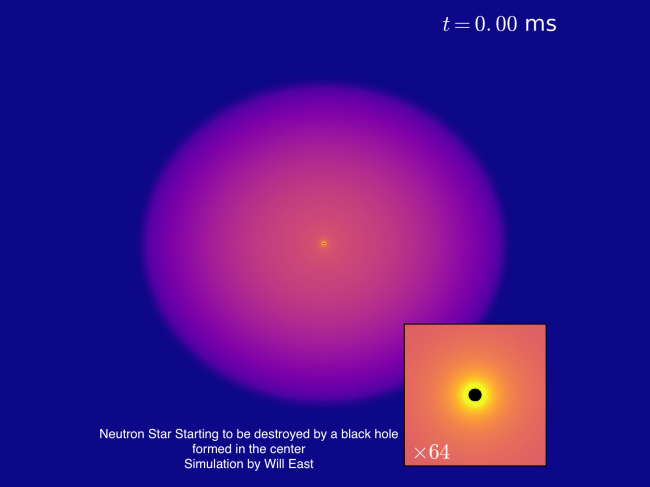Dark Matter in Compact Objects, Stars, and in Low Energy Experiments
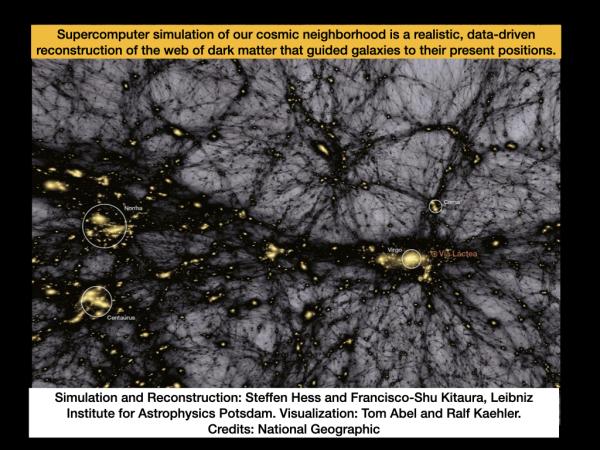
Note to applicants: This is a "hybrid" program, meaning there will be a combination of virtual and in-person participants. In the COMMENTS section of the Application Form, please write [In-person], [Virtual], or [Either] to reflect your preferred mode of attendance. Please be aware that all in-person participants must show proof of vaccination against COVID-19 upon arrival to the INT.
Disclaimer: Please be aware that due to ongoing concerns regarding the COVID-19 pandemic, this program may be changed from a hybrid program to online-only.
This program aims to advance efforts to identify and characterize the observable signatures of dark matter and new physics beyond the standard model (BSM) in compact objects and stars and the complementarity of these signatures with those of terrestrial experiments and cosmological probes.
Terrestrial probes, such as direct detection and haloscopes, are exploring vast swaths of dark matter parameter space, ranging from WIMP dark matter to lighter mass candidates such as axions and dark photons. The lack of any demonstrable dark matter signal in these experiments leads to an urgent need to devise new, complementary strategies to search for BSM physics and understand dark matter's particle nature. Specifically, nuclear physics and astrophysics play an essential role in these searches. Furthermore, in this era of multi-messenger astronomy and astrophysics, a wealth of new data and advances in theory and simulations are beginning to provide valuable new insights about physical processes in stars and compact objects – White Dwarfs (WDs), Neutron Stars (NSs), and Black Holes (BHs) – and low-energy laboratory systems. The 5-week program will bring together nuclear and particle physicists and astrophysicists to study the role of BSM physics and dark matter in stars and compact objects. The program will also include experimentalists to discuss efforts to push toward new regimes of terrestrial laboratories and experts from the multi-messenger observing community.
PROGRAM FORMAT
The daily schedule for the program will include an hour-long seminar in the morning and a discussion session in the afternoon. Once a week, we will organize an online zoom colloquium broadcast widely.
The tentative plan for the 5-week program is:
1. Nuclear physics input for dark matter searches: 1 week
2. Experimental searches for dark matter, especially sub-GeV dark matter: 1 week
3. Models of light dark matter, and stellar and compact object cooling bounds: 1 week
4. Dark matter in core-collapse supernovae and proto-neutron stars: 1 week
5. Dark matter and compact objects (black holes and neutron stars) and their mergers: 1 week
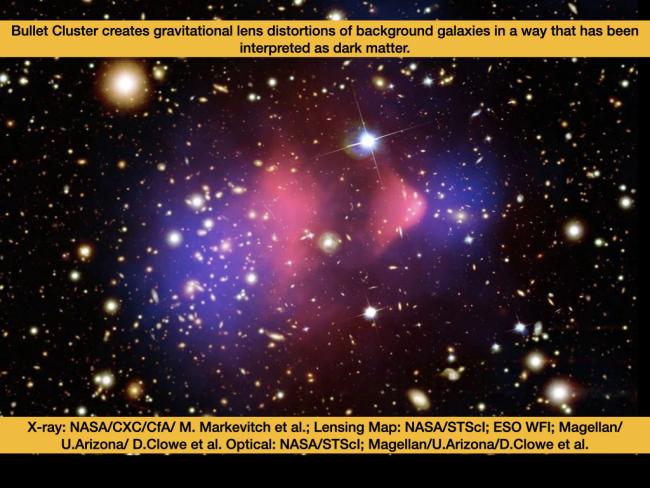
Dark Matter in Compact Objects, Stars, and in Low Energy Experiments
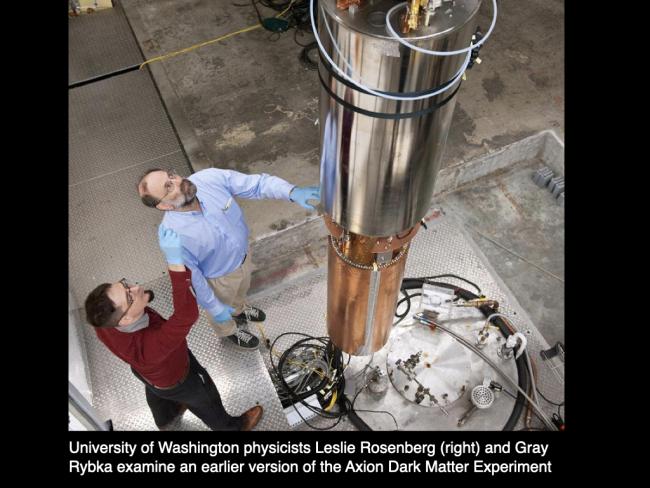
Dark Matter in Compact Objects, Stars, and in Low Energy Experiments
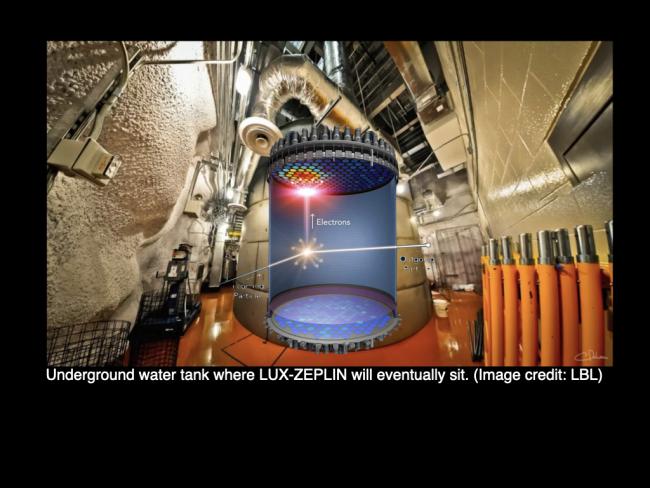
Dark Matter in Compact Objects, Stars, and in Low Energy Experiments
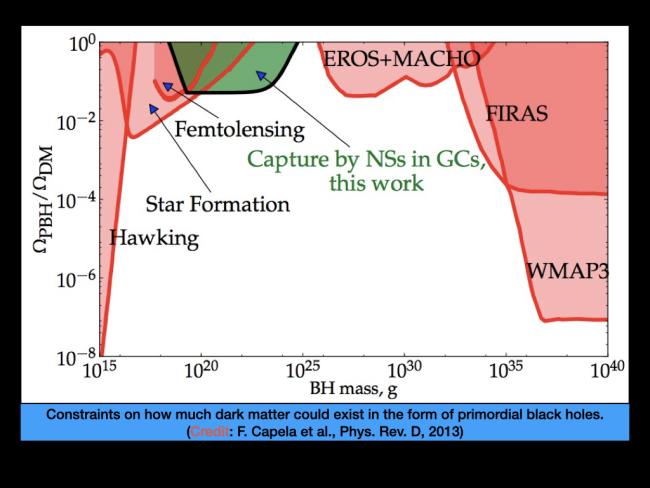
Dark Matter in Compact Objects, Stars, and in Low Energy Experiments
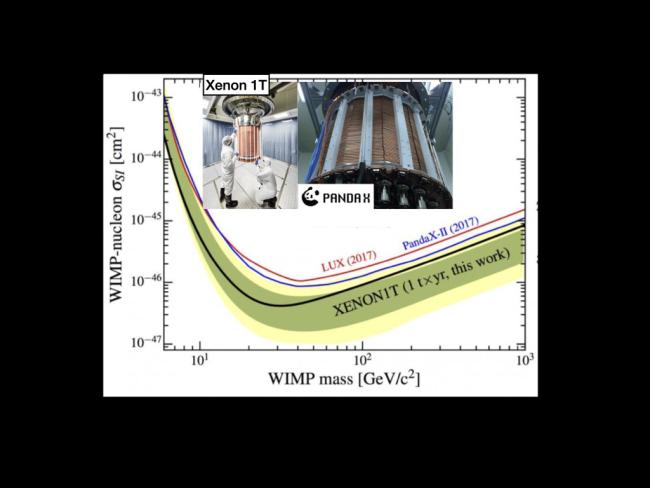
Dark Matter in Compact Objects, Stars, and in Low Energy Experiments
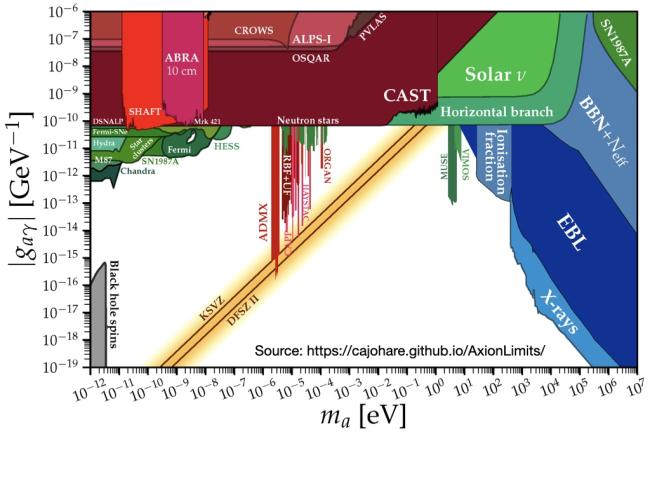
Dark Matter in Compact Objects, Stars, and in Low Energy Experiments
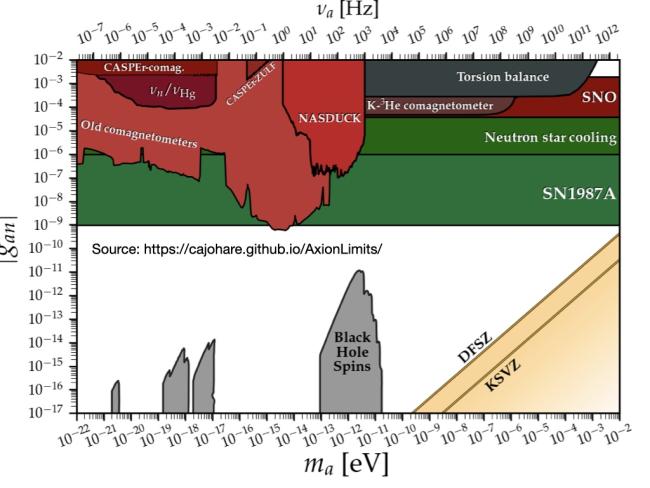
Dark Matter in Compact Objects, Stars, and in Low Energy Experiments
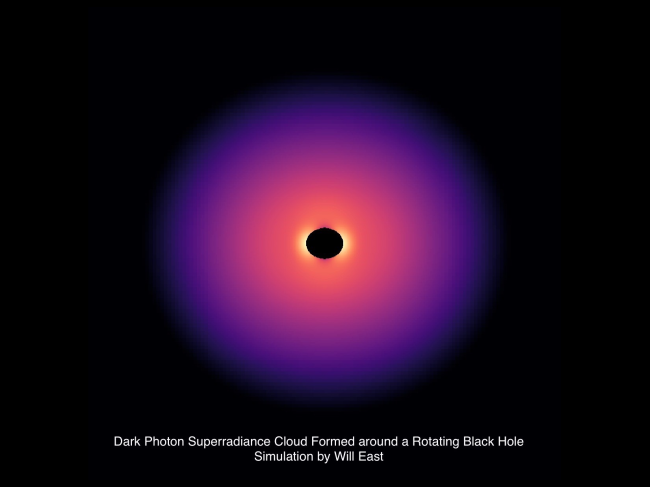
Dark Matter in Compact Objects, Stars, and in Low Energy Experiments
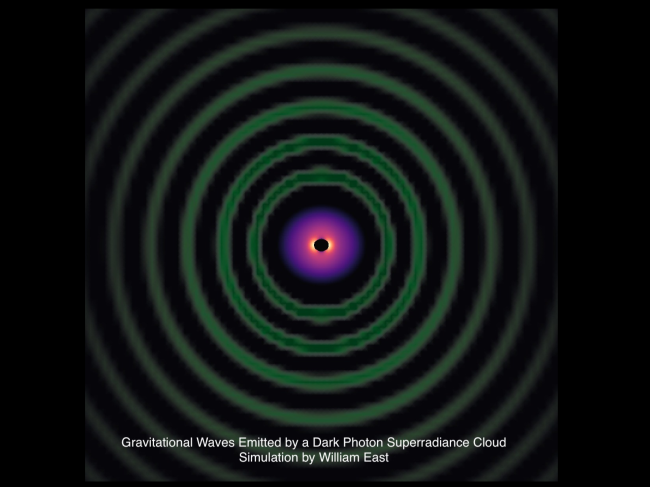
Dark Matter in Compact Objects, Stars, and in Low Energy Experiments
